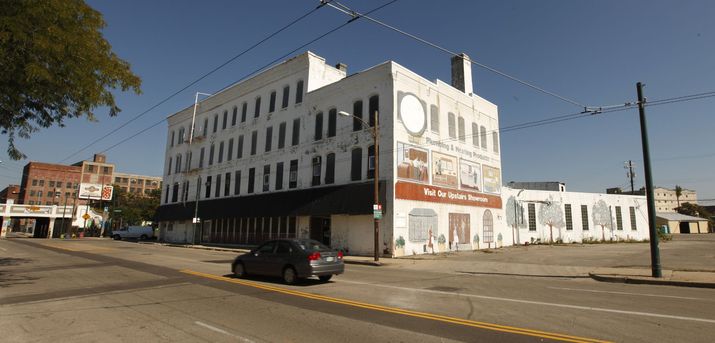The city of Dayton‘s (Ohio) strategy to preserve vacant, historic buildings and stimulate downtown development will gain momentum if redevelopers stick to their plans and begin work on the old Weustoff and Getz building on Wayne Avenue later this fall.
Such progress has been slow, but the city has high hopes for the project, which could provide a roadmap for how to best use historic tax credits to provide more urban housing and entertainment options.
“Dayton has a rich urban fabric, and if we don’t figure out how to bring equity to projects, people will continue to suggest demolition (as opposed to redevelopment,” said Amy Walbridge , special projects administrator for the City of Dayton Department of Economic Development.
On a recent tour of the 1868 building, Walbridge saw plenty of potential in vast rooms of exposed brick, wooden columns and arched windows.
Plans call for the vacant factory to be redeveloped into loft apartments by City Properties Group, LLC, in association with CityVisions Associates, a redevelopment firm located in Louisville, Kentucky.
An hour drive south, Cincinnati has enjoyed more success in the historic preservation-and-urban renewal business than Dayton. In the hands of the Cincinnati Center City Development Corporation — also known as 3CDC — the revitalized Over-the-Rhine district north of downtown is now nothing like the economically stagnant neighborhood it was only a few years ago.
Brian Martin, executive director of the planning commission, said one of its goals is to develop existing infrastructure and take advantage of historic tax credits to reuse vacant buildings of historic value.
John Gower, a part-time urband designer, thinks it’s only a matter of time until millennials revive Dayton. Until then, some properties will remain vacant.

